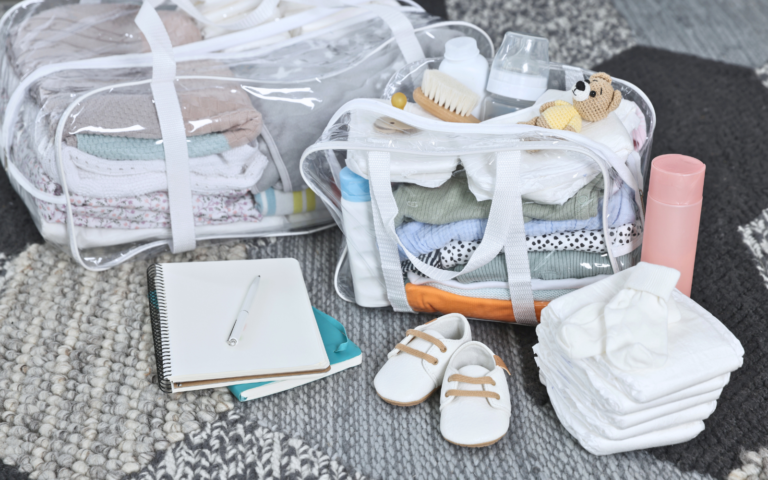Essential Early Language Development Tips: To Support Childhood Communication
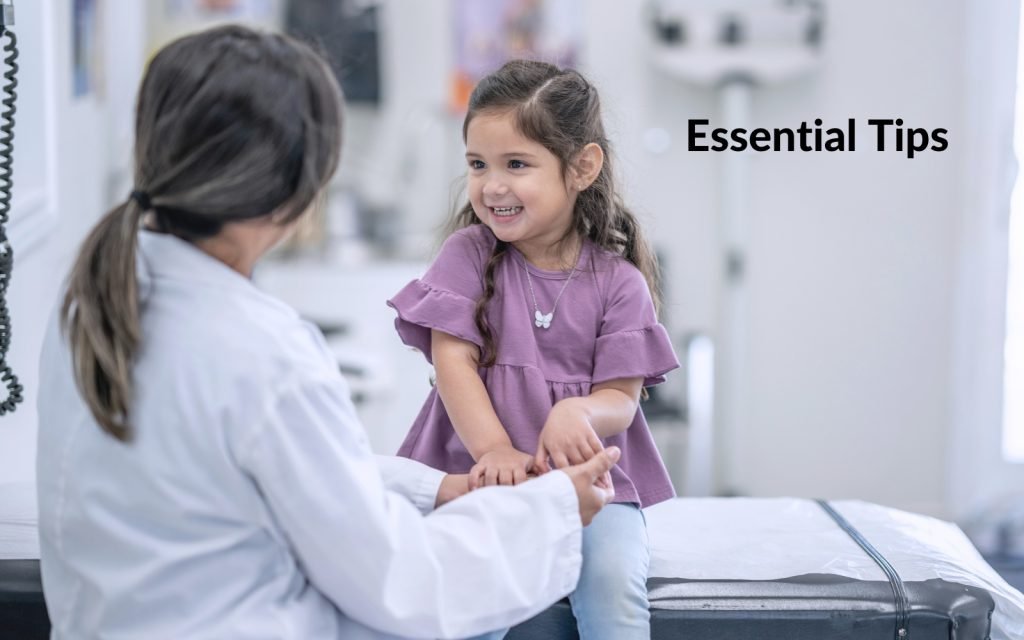
Helping a child build strong language skills from an early age sets them up for success across social, academic, and emotional aspects of life. Language development is a journey that begins with a baby’s first coo and grows into a toddler’s first full sentence. By supporting language development through engaging and age-appropriate activities, you’ll give your child a powerful start in communication, literacy, and learning.
Below, you’ll find tips that cover everything from the earliest stages of babbling to toddlers actively using words to express themselves.
Key Takeaways – Early Language Development Tips
- Engage daily with talking, singing, and reading to support early literacy and vocabulary.
- Follow your child’s interests and use gestures to help them understand language.
- Incorporate play with rhymes, descriptive words, and sounds to make language learning fun.
- Model clear language without overcorrecting to build your child’s confidence.
- Create a rich language environment with books, songs, and face-to-face conversations.
Let’s dive into each strategy in more detail to make early language learning a natural part of your child’s day.
1. Begin Talking to Your Child From Day One
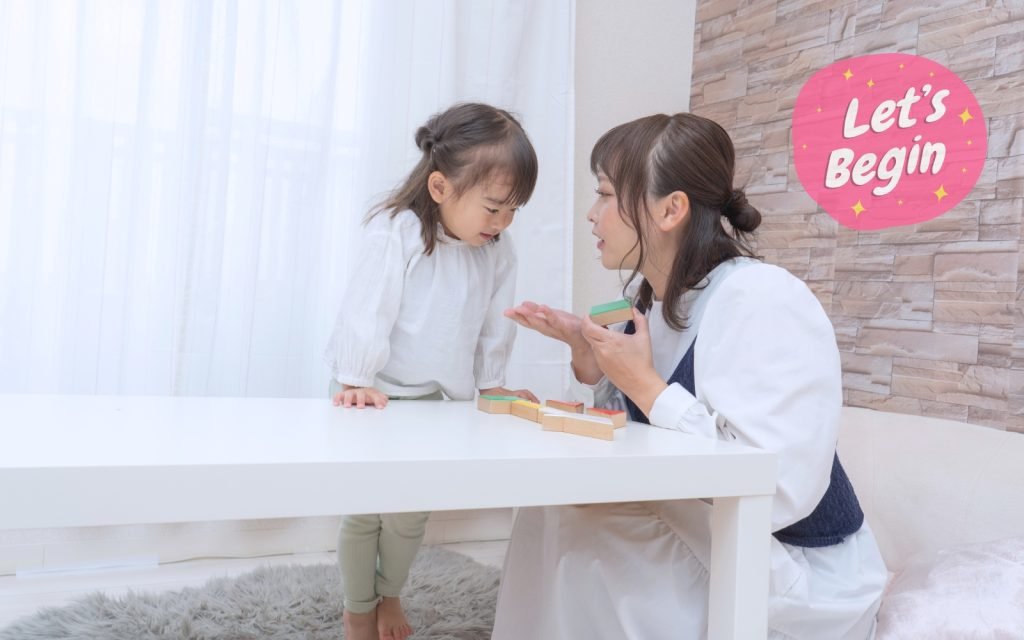
Language development begins long before a child says their first word. Talking to your infant from the earliest days exposes them to a range of sounds, words, and rhythms that set the foundation for future language skills.
- Narrate your activities: Describe what you’re doing, such as “Mommy is making your bottle now.”
- Introduce a variety of vocabulary: Use descriptive language, like “big car” or “warm blanket,” to start building a broad vocabulary.
- React to their coos and babbles: Engaging with their early sounds encourages communication skills and helps them understand the rhythm of a conversation.
Why This Matters
Engaging with your child from the start helps them become familiar with different tones, sounds, and words, which are essential building blocks for language development.
2. Make Reading a Daily Routine
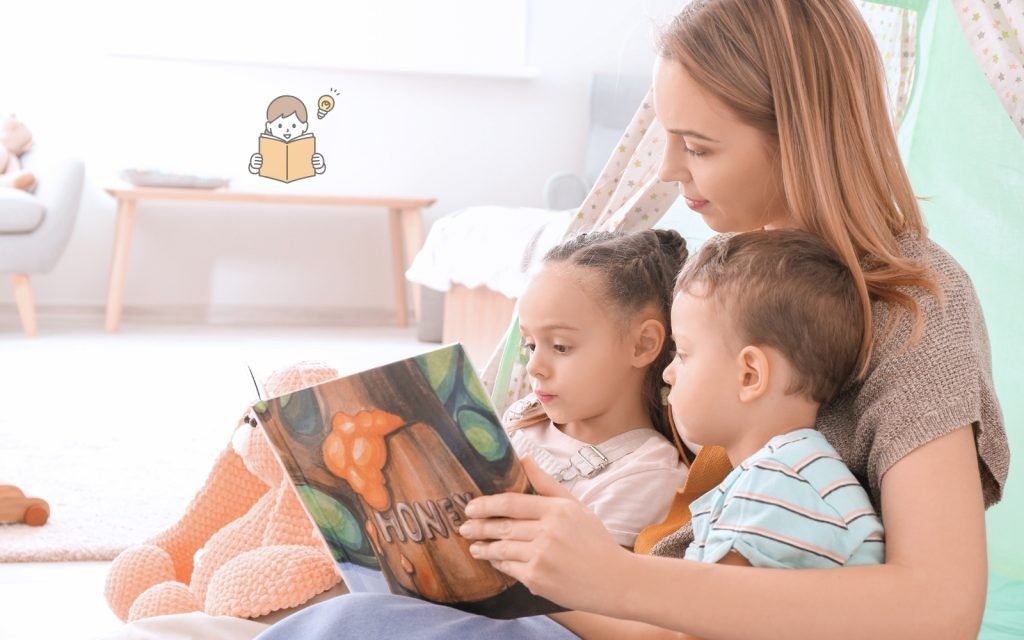
Reading to your child regularly is one of the best ways to support language development and early literacy. Books offer exposure to new vocabulary and ideas that a child might not encounter in daily conversation.
- Choose age-appropriate books: Look for books with bright colors, simple sentences, and interactive elements for infants and toddlers.
- Use books with rhymes and repetition: Rhyming books make it easy for children to anticipate sounds and words, enhancing memory.
- Encourage interaction: Ask your child to point to objects, make animal sounds, or turn the pages to keep them engaged.
Why This Matters
Reading builds vocabulary, introduces children to the written word, and supports their understanding of story structure, all of which are critical for literacy and language development.
3. Sing Songs and Use Rhymes
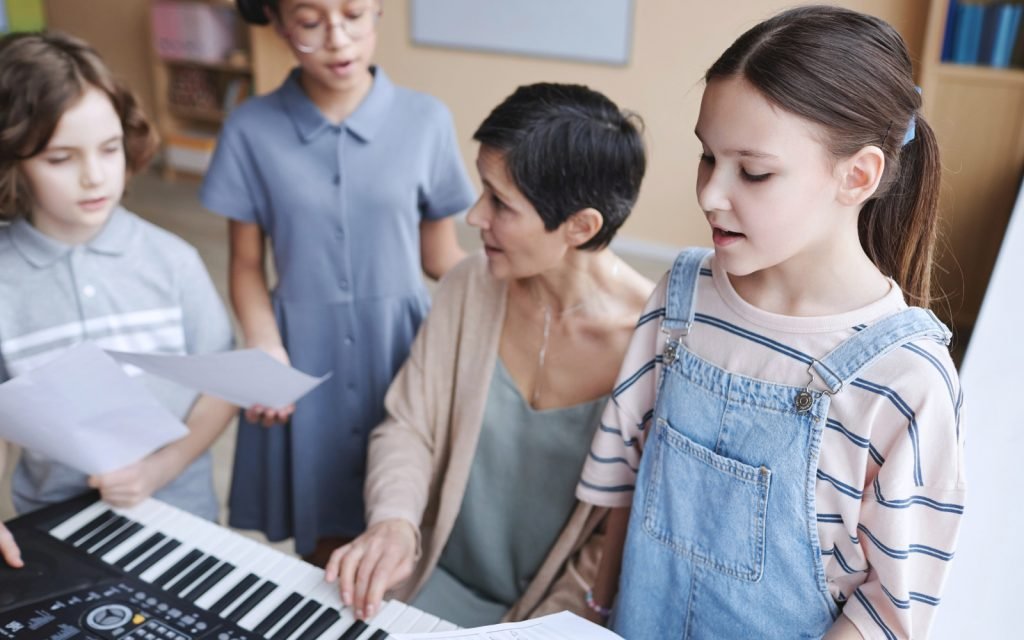
Songs, nursery rhymes, and rhythm games are excellent for supporting early language development. Repetition, rhymes, and melodies help children retain words and recognize patterns.
- Sing simple songs: Classics like “Twinkle, Twinkle, Little Star” or “Itsy Bitsy Spider” are fun and repetitive, which helps with memory.
- Incorporate gestures: Use hand motions or facial expressions with songs to reinforce meaning, such as using a hand wave for “bye-bye.”
- Experiment with different rhymes: Rhyming games help children learn sounds, making it easier for them to start forming words.
Why This Matters
The repetition and rhythm of songs help children develop listening skills and make connections between words and actions, which boosts vocabulary and language skills.
4. Engage in Two-Way Communication
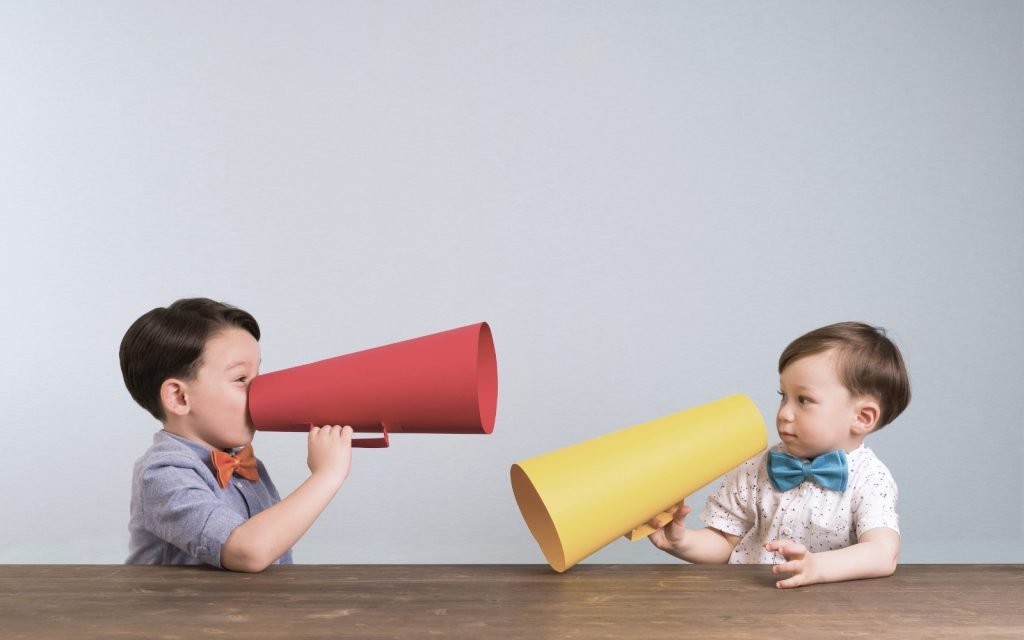
Early communication is a two-way street, even if your child can’t yet form full sentences. Encourage them to “talk” by responding to their babbles, gestures, and later, their first words.
- Repeat their sounds: Imitate their babbling and add words to it, showing that their communication is valued.
- Respond to gestures: If your child points to an object, respond by naming it and discussing it. For example, “Yes, that’s a dog. The dog says woof!”
- Encourage back-and-forth: Asking questions, even simple ones like “Where’s your nose?” helps children learn the give-and-take of conversation.
Why This Matters
When children see that their attempts at communication are acknowledged, they’re more motivated to continue engaging, which strengthens their language development.
5. Use Gestures and Non-Verbal Communication
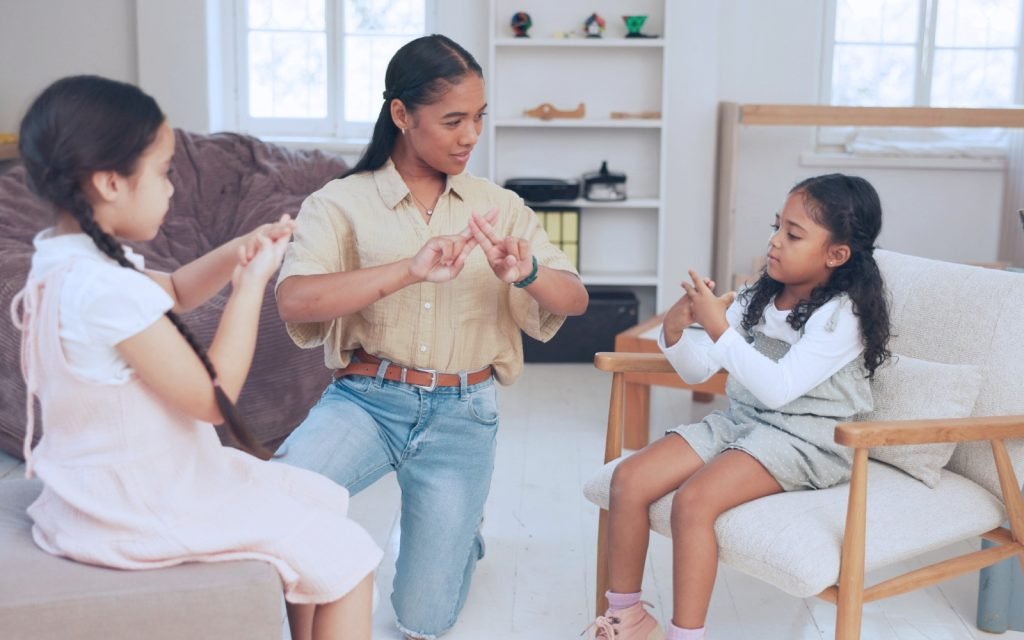
For young children, non-verbal cues like gestures, facial expressions, and body language are essential components of communication.
- Encourage gestures: Simple actions like waving, pointing, or clapping help babies understand words and phrases.
- Model gestures with words: Say “bye-bye” while waving or “up” while lifting your arms to teach associations.
- Exaggerate facial expressions: Use expressive faces to help children connect emotions with words.
Why This Matters
Gestures are often a child’s first means of communication and can pave the way for spoken language by providing them with a means to express themselves.
6. Use Descriptive Language Regularly
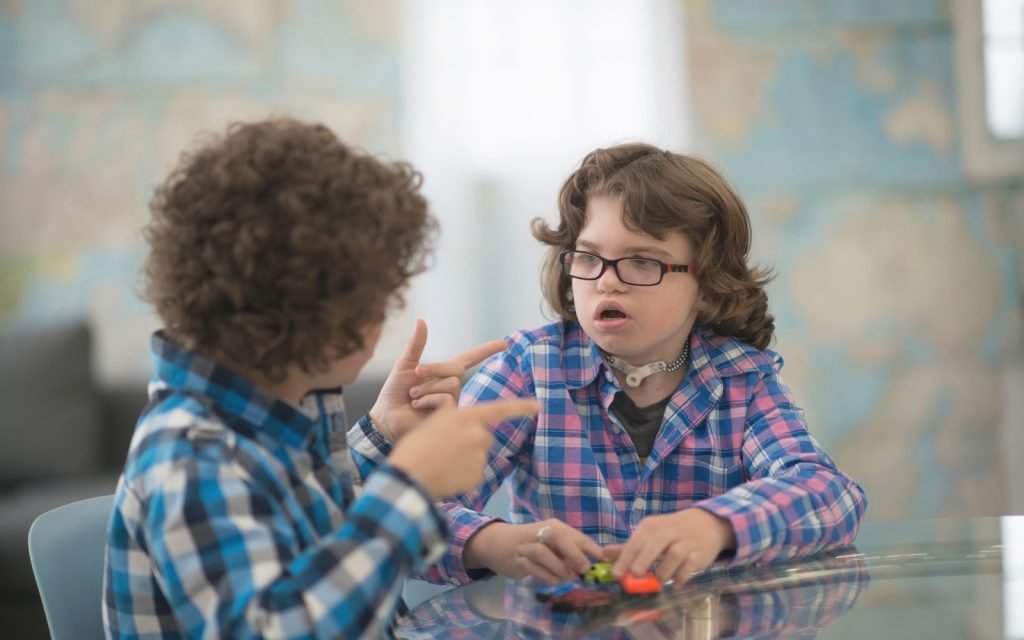
Descriptive language helps children build a rich vocabulary by exposing them to adjectives, verbs, and complex sentence structures.
- Describe objects and actions: Instead of “car,” try “blue car” or “fast car.”
- Use comparisons: Say, “This apple is red, and that one is green,” to introduce descriptive vocabulary.
- Talk about your actions: For instance, “I’m pouring juice into your cup” or “We’re brushing your hair.”
Why This Matters
Descriptive language gives children a broader vocabulary to draw from and enhances their ability to express ideas more clearly as they grow.
7. Follow Your Child’s Interests
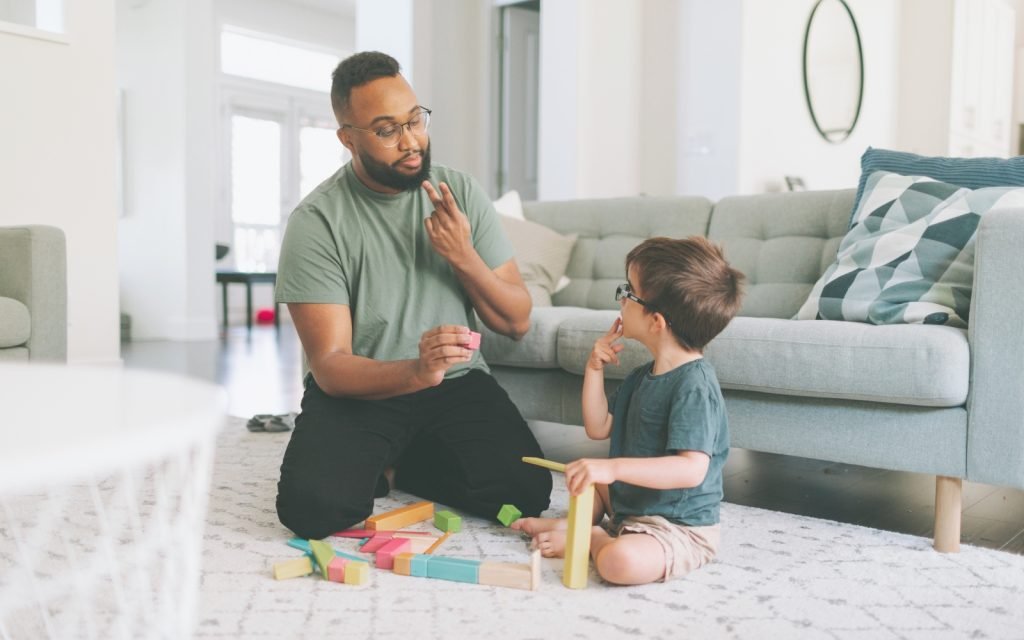
If you notice your child is especially interested in certain toys or animals, follow their lead and talk about what catches their attention. This approach keeps conversations relevant and engaging.
- Focus on what they enjoy: If they’re playing with a ball, talk about its color, shape, and how it bounces.
- Use questions to engage: Ask, “Do you like the ball?” or “Can you throw the ball?”
- Expand on their responses: If they point to a dog, respond with, “Yes, that’s a dog. The dog has soft fur and is barking.”
Why This Matters
Engaging with your child’s interests encourages them to participate in conversations, which improves their understanding and use of language.
8. Limit Screen Time in Favor of Face-to-Face Interaction
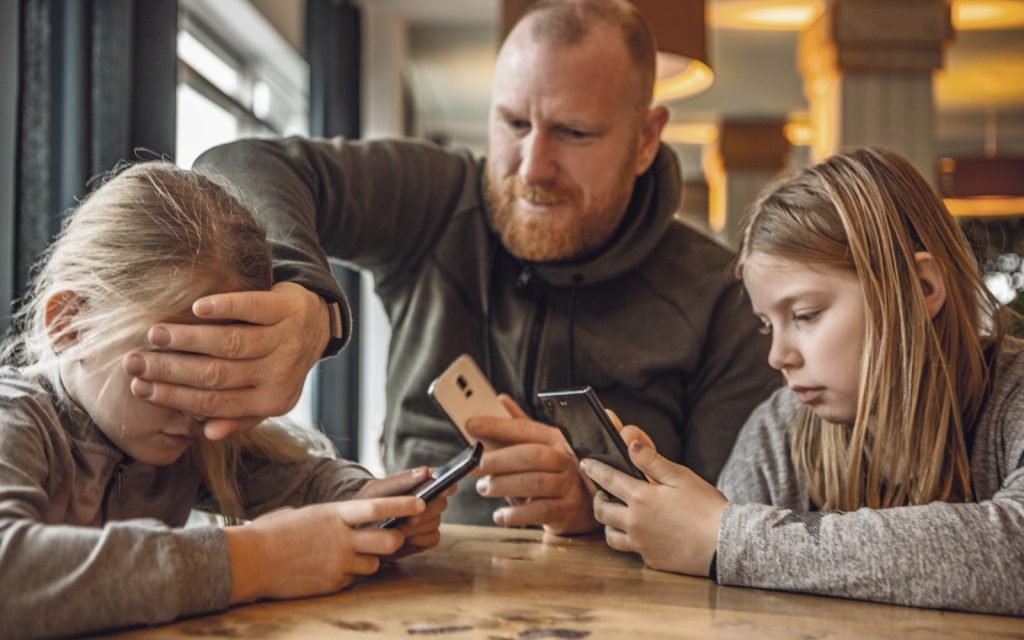
While screens can be entertaining, face-to-face communication with caregivers is far more effective in developing language skills.
- Prioritize personal interaction: Engage your child in conversation, reading, and playing together to support natural language learning.
- Be mindful of screen time: If screen time is allowed, watch with your child and discuss what you’re seeing together.
- Choose interactive content: Opt for shows or apps that prompt responses and encourage children to use language.
Why This Matters
Real-life interaction is key to language learning, helping children learn through facial expressions, tone, and real conversations.
9. Make Language Playful
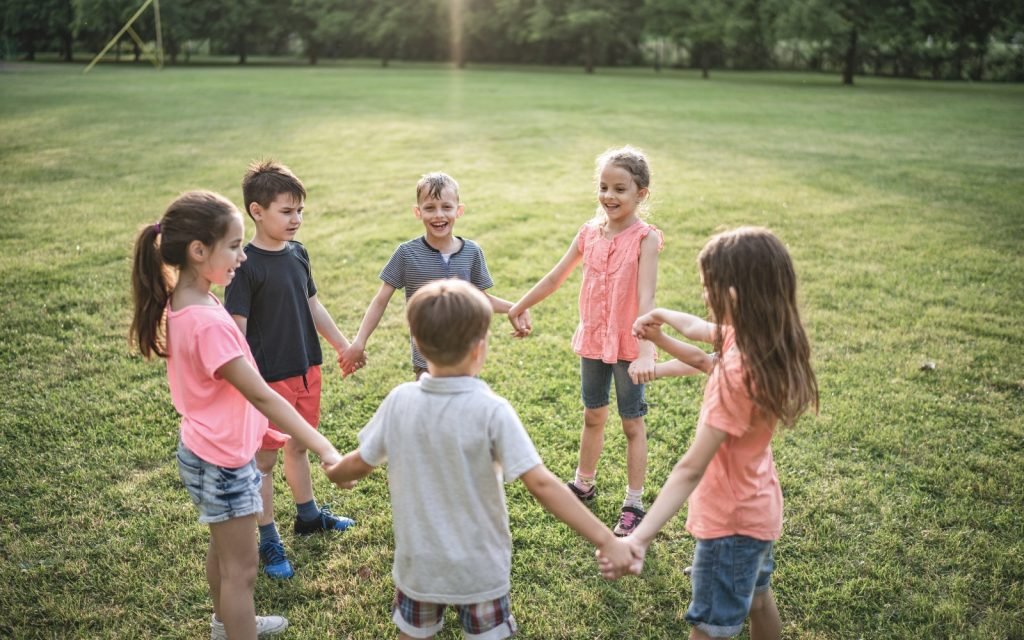
Children learn language best through play, so make language activities fun and enjoyable.
- Play peek-a-boo: This classic game teaches turn-taking, which is fundamental to conversations.
- Use puppets or toys: Make toys “talk” to your child to make language more engaging.
- Use silly sounds and rhymes: Playing with sounds and rhymes teaches children about the diversity and flexibility of language.
Why This Matters
Playful language activities create positive associations with words and sounds, making children more open to learning new vocabulary.
10. Show Patience and Encouragement
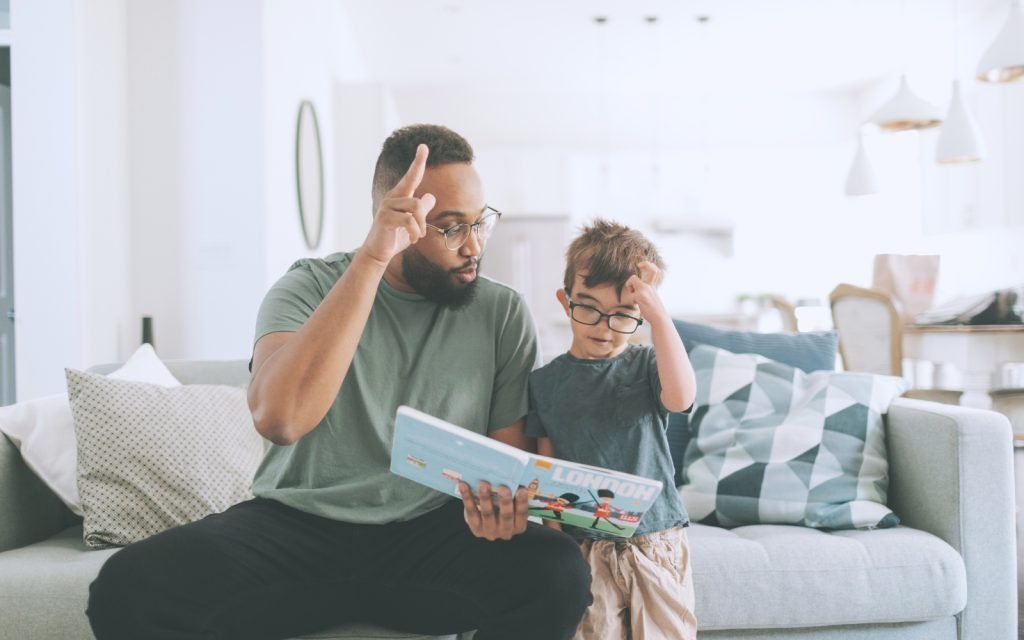
Learning language is a gradual process, so support your child’s efforts without pressuring them to get it “perfect.”
- Celebrate attempts: Recognize their early attempts at words and sentences, no matter how simple.
- Model correct language: Instead of correcting them, rephrase their sentence correctly. If they say “doggy run,” you might respond, “Yes, the doggy is running.”
- Acknowledge progress: Celebrate their new words or phrases with encouragement to keep them motivated.
Why This Matters
Children build confidence in language when they feel supported and celebrated, making them more likely to keep trying.
Summary
Supporting language development in young children can be both simple and incredibly rewarding. By engaging in daily conversations, reading, singing, and playing, you’re helping your child learn not only vocabulary but also the essential skills of listening and communicating. Remember to be patient, playful, and consistent – your efforts will contribute greatly to your child’s language skills, setting the stage for a lifetime of learning and success.
Frequently Asked Questions
When Should I Start Talking to My Baby?
Begin talking to your baby from birth. Infants learn from hearing the sounds and rhythms of language, so talking to them early supports natural language development.
How Can I Encourage My Toddler to Use More Words?
Engage your toddler with questions, encourage two-way communication, and respond to their gestures and attempts at speech to make language use more natural and enjoyable for them.
What Are the Benefits of Rhymes and Songs for Language Learning?
Rhymes and songs teach children about sound patterns and rhythm, helping them remember words and develop early literacy skills. Plus, singing together strengthens their bond with you.
Should I Correct My Child’s Grammar Mistakes?
Instead of correcting, model the correct way to say something. For instance, if your child says “doggy run,” you can respond, “Yes, the doggy is running.” This approach supports language development




